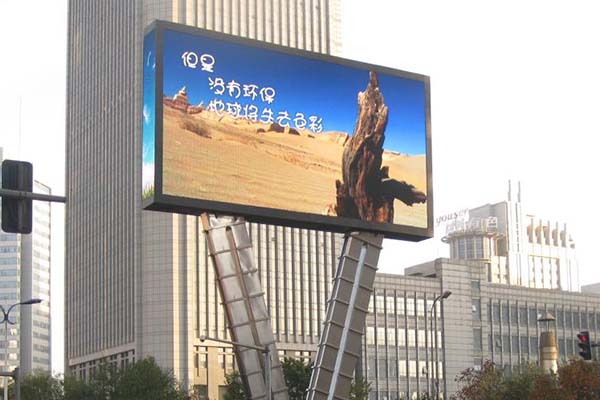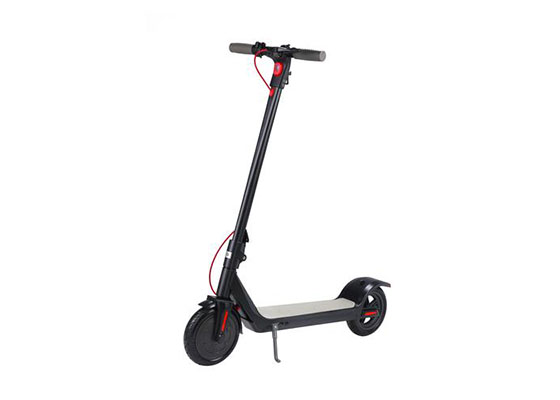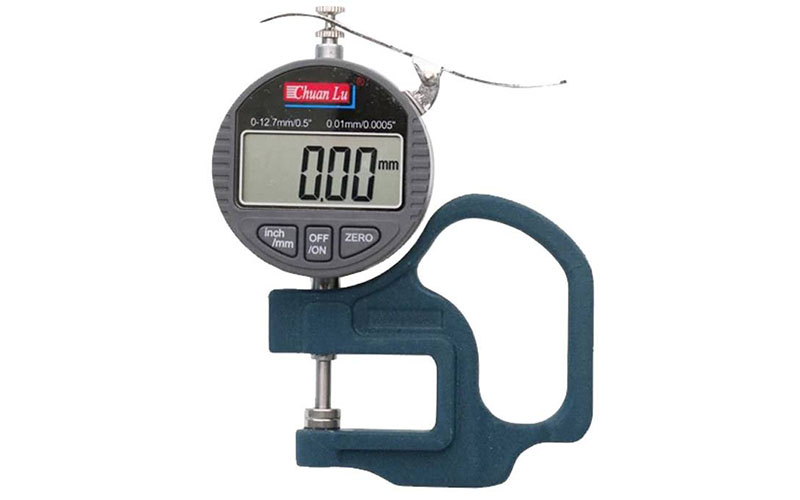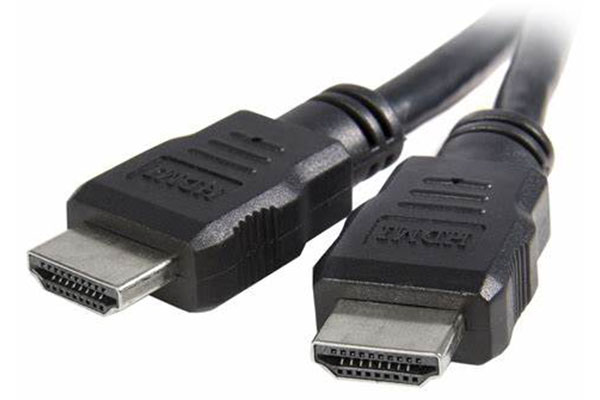As the scorching summer heat takes its grip across the nation, outdoor LED displays face the challenge of soaring temperatures and prolonged exposure to the sun’s intense rays. Effective cooling strategies are essential to ensure that these displays continue to function optimally. In this blog, we’ll explore various methods to keep your outdoor LED screen cool during the hot summer months.
Why Temperature Control Matters
Maintaining the right temperature is crucial for outdoor LED displays. Different temperatures can affect the brightness and color accuracy of the display. At 25 degrees Celsius, the display’s white balance is normal. However, at 60 degrees Celsius, all three colors (red, green, and blue) experience a decrease in brightness, leading to an overall dimmer and color-distorted screen.
The Consequences of Overheating
Operating an outdoor LED display at temperatures exceeding the chip’s tolerance can result in a rapid decline in luminous efficiency and visible light decay. This can lead to damage and a reduced lifespan for the display. Additionally, the materials used in LED lamp packaging can transform into a rubber-like state and experience a sharp increase in thermal expansion, potentially causing LED lamp failure. Therefore, effective cooling is essential to maintain the screen’s temperature below 60°C.
Cooling Methods for Outdoor LED Displays
For outdoor LED displays up to 20 square meters:
Depending on available space, you can choose appropriately sized exhaust fans, typically around 300mm in diameter. The number of fans required depends on the screen’s size.
For screens larger than 20 square meters:
The choice of cooling method depends on the installation type and specific requirements:
Wall-mounted displays: If your LED display is wall-mounted, you can opt for exhaust fans of varying sizes based on the screen area. These fans should be positioned above the screen’s sides, ensuring proper ventilation. It’s essential to have protective grilles inside the fans to prevent accidents due to wind suction. Additionally, you can install aluminum alloy louvers on the exterior side of the aluminum-plastic board to provide waterproofing.
Air conditioning: In cases where the LED display is installed near a wall, you can install air conditioning units. Ensure that there’s enough space for the air conditioning unit without compromising the overall aesthetics of the wall. Commonly used air conditioning sizes are 1.5P, 2P, and 3P. In northern cities, a 20-square-meter screen requires a 1P air conditioner, while southern cities typically use a 15-square-meter 1P air conditioner. Larger LED outdoor displays may require custom-made air conditioning units.
For pillar-mounted displays:
For pillar-mounted LED displays, it’s advisable to use exhaust fans for cooling. Install these fans on the back of the screen’s aluminum-plastic board near the top, designed in a louvered shape for waterproofing. In the case of double-pillar displays, create air intake openings in the middle of the pillars and use the top exhaust fans to establish effective airflow for better cooling.
Combining Exhaust Fans and Air Conditioning:
For the most efficient cooling, you can combine exhaust fans and air conditioning. When the temperature exceeds 40°C, activate the air conditioning while turning off the exhaust fans. When the temperature falls below 40°C, switch on the exhaust fans and deactivate the air conditioning. However, remember that air conditioning comes with increased purchase and operating costs and requires careful consideration of outdoor unit placement to maintain overall aesthetics.
Choose High-Quality Outdoor LED Displays:
Regardless of the cooling method chosen, it’s essential to select high-performance, weather-resistant LED displays. Opt for products with advanced encapsulation processes for the LED faces and three-proof coatings on the back. Rigorous quality control for LED lamps ensures superior weather resistance and overall display performance, providing a reliable and visually stunning LED screen for your summer needs.
Conclusion
Summer poses significant challenges for outdoor LED displays, but with the right cooling strategies and high-quality products, you can ensure that your LED screen remains vibrant and functional even in the hottest months. Whether you choose exhaust fans, air conditioning, or a combination of both, temperature control is key to maximizing the longevity and performance of your outdoor LED display. So, beat the heat and enjoy a brilliant display all summer long!




